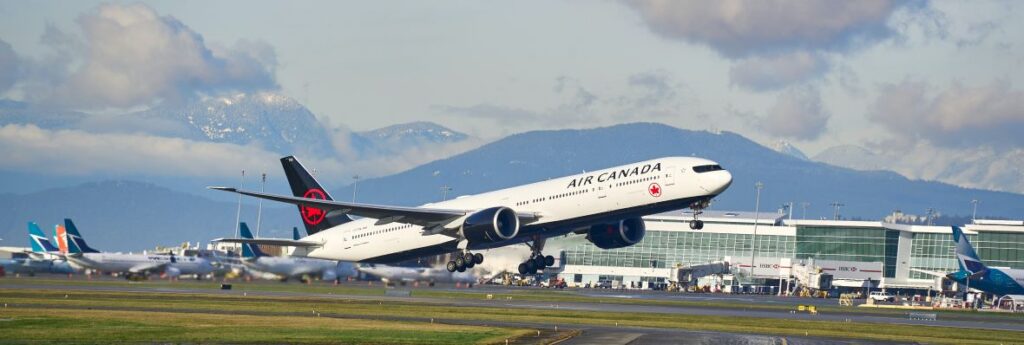Vancouver International Airport is moving up its goal of becoming net zero to 2030. Detailed in the newly released “Roadmap to Net Zero Carbon 2030,” the plan promises to balance innovative approaches with practical actions that will enable it to meet its goal 20 years ahead of its original target date of 2050.
“We want to become the world’s greenest airport because we know that flying is an essential part of a connected society and a growing economy,” says the airport’s president and CEO Tamara Vrooman. “But at the same time, we know that emissions are a part of our industry. It’s not flying that’s the enemy, it’s carbon, and we have to find ways to decarbonize an essential service that is so important.”
Jennifer Aldcroft, manager of climate and environment at the Vancouver Airport Authority, says the airport’s emissions footprint is comprised 60% of heating, 30% of electricity, 8% of vehicle fleet, and 2% of small sources on Sea Island.
A four-pronged plan will help the airport meet its goal.
Firstly, the airport is focusing on a green fleet, promising to right-size its vehicles to match operational requirements. According to Amanda Chow, an environmental analyst at the airport authority, there are currently 123 light-duty vehicles and 281 heavy-duty ones used by the airport. Where possible, staff will look at electric options, and if that is not possible will look to renewable fuels.
The second goal is building conservation and electrification, aiming to use less energy for heating and cooling, cooking, lighting, and other electrical loads. Where possible, staff will switch from natural gas to electricity.
Thirdly, the airport will invest in green electricity and on-site solar, as well as buying renewable diesel for generators.
And finally, closing the gap would involve purchasing carbon offsets, removals and assessing business travel.
“One of the sources of inspiration for our roadmap to net zero has been our very significant partnership with the Musqueam community,” says Vrooman. “We are located on the traditional and unceded territory of the Musqueam people, and they have been very generous as custodians of the land teaching us about how Sea Island, before there was even an airport, was always a gateway through the mouth of the Fraser River. So, we’re very privileged to be working with partners like Musqueam that really encourage us to take the long view to make sure that the changes we’re making really are lasting and sustainable.”
Two provincial ministers applauded the airport’s climate leadership. Environment and climate change strategy minister George Heyman and jobs, economic recovery and innovation minister Ravi Kahlon said the airport has outlined tangible and practical steps to reach its goal.
“The pathway to net-zero emissions ensures the airport will emerge from the pandemic in a sustainable way, creating working opportunities for hundreds of British Columbians,” said Heyman and Kahlon. “It shows that change is possible and what is achievable given an increasing global imperative for companies looking to thrive in a net-zero future.”
YVR is the largest building in British Columbia and Canada’s second busiest airport.

